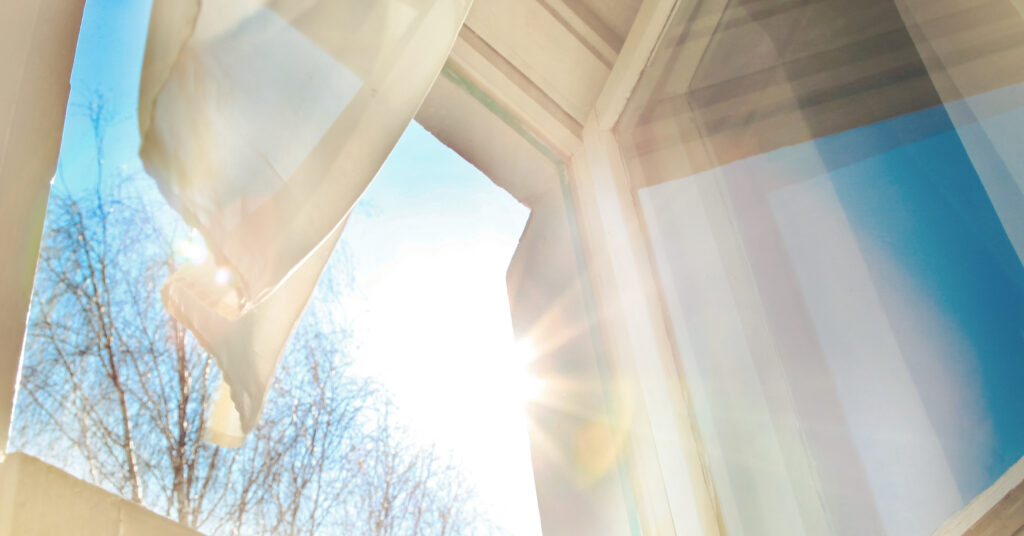
Have you ever basked in the warm glow of sunshine streaming through a window, perhaps while sipping coffee and losing yourself in a good book? There’s no denying that bright, sunlit interiors can uplift your mood and enhance the appeal of any room, including conservatories and lounges. But is it possible to catch a tan, or even a sunburn, while enjoying the sun indoors?
Understanding UV Rays and Your Skin
The sun emits ultraviolet radiation in the forms of UVA and UVB rays, neither of which are visible but can significantly affect the skin.
UVA rays, with a wavelength of 320-400 nanometers, can penetrate glass and even cloud cover, leading to skin ageing and, potentially, skin cancer. Despite being less intense than UVB rays, UVA penetrates the skin more deeply, which can cause considerable harm over time.
On the other hand, UVB rays are shorter in wavelength (280-320 nanometers) and are primarily responsible for sunburns. These rays can also be filtered by clouds and glass, and their intensity varies with the seasons and altitude.
Both types of UV radiation contribute to skin ageing, eye damage, and an increased risk of skin cancer. That said, malignant tumours are caused by UVA rays more than UVB.
The Role of Glass in UV Protection
Standard window glass does a good job of blocking nearly all UVB rays but lets through about 50% to 63% of UVA rays, depending on the thickness and type of the glass.
Laminated glass, often used in car windshields and south-facing windows to prevent UV bleaching of furnishings, offers greater protection by reducing UVA transmission.
However, standard side windows in cars, similar to regular household windows, allow significant UVA rays to pass through.
Can You Tan or Burn Through a Window?
You can get a tan through a window because, while standard glass windows block most UVB rays, the UVA rays that penetrate can still contribute to tanning.
However, achieving a noticeable tan through a window would require extended exposure, much more than what a few hours in a conservatory might offer.
Yet, this same exposure raises the risk of developing sunburn or skin cancer after prolonged periods, underscoring the importance of using sunscreen even indoors, especially if you spend a lot of time near large, sun-exposed windows.
Vitamin D and Sunlight Through Glass
While sunlight is a vital source of vitamin D, the UVB rays necessary for the skin to produce this essential nutrient are mostly blocked by glass.
Therefore, sun exposure through a window is not sufficient to maintain adequate vitamin D levels. Considering the widespread deficiency in vitamin D, particularly in winter, supplements are a recommended alternative for anyone struggling with vitamin D deficiency.
Enjoying Sunshine Safely Indoors
Sitting in a conservatory allows you to enjoy the beauty of the winter sun and the warmth it brings, enhancing the energy efficiency of your home through solar gain.
While it’s tempting to soak up the sun from the comfort of your home, it’s crucial to remember that UV damage accumulates over time. So whether you’re working next to a large window or just enjoying the view, taking precautions such as applying sunscreen can help minimise the risk of long-term skin damage.
In conclusion, while it’s possible to get a bit of a tan through a window, the potential risks make it important to protect yourself. As you continue to enjoy sunny spots indoors, remember to care for your skin just as you would outside.


